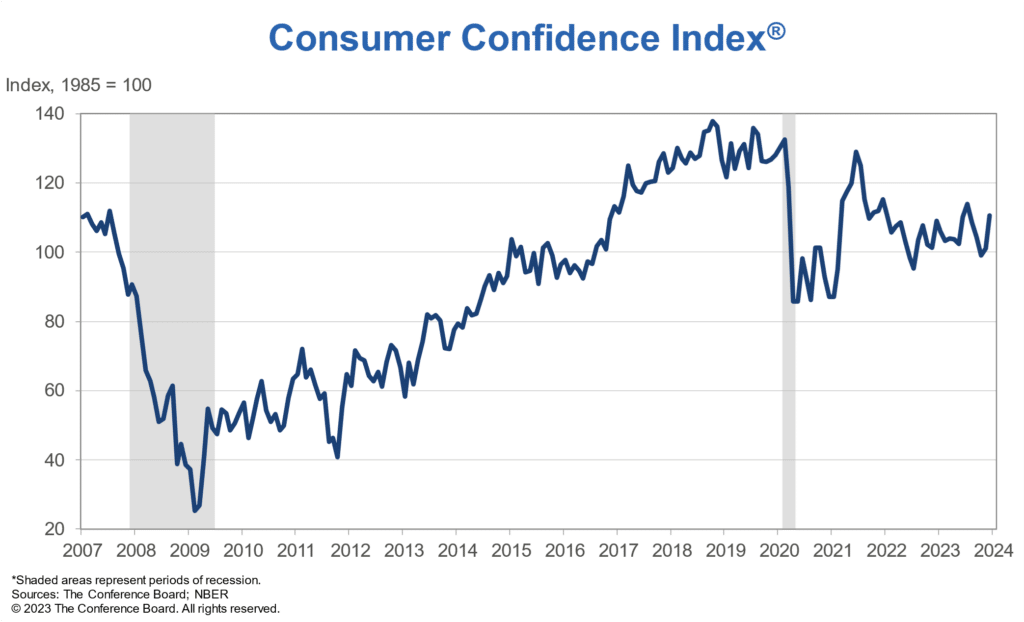What to expect from the US Durable Goods data
Investors and economists eagerly await the release of the US Durable Goods data, scheduled for 13:30 GMT on Tuesday, February 27th. The report by the US Census Bureau provides crucial insights into the health of the manufacturing sector and broader economic activity in the United States.
Analysts are particularly focused on several key indicators within the report, with the main focus being the Durable Goods Orders for January. Expectations suggest a potential decrease of 4.5% following a flat reading in the previous month. Additionally, Nondefense Capital Goods Orders excluding Aircraft, another significant metric, are anticipated to show a slight increase of 0.1%, compared to the previous month’s 0.2% growth. Furthermore, Durable Goods Orders excluding Transportation are expected to rise by 0.2%, following a 0.5% increase in the previous month.
These figures will provide valuable insights into consumer and business spending patterns, as well as the overall momentum of economic recovery and growth in the US economy. Any surprises in the data could prompt significant reactions in financial markets, influencing investor sentiment and shaping expectations for future economic performance.
What to expect from the US Consumer Confidence data
As the US prepares to release its latest durable goods data for January, analysts are closely watching for insights into the health of the manufacturing sector and broader economic trends. Scheduled for release at 15:00 GMT on Tuesday, February 27th, the data from The Conference Board will provide crucial information on orders for long-lasting goods, such as appliances, machinery, and vehicles, excluding volatile items like transportation and defence. Expectations are for no change from 114.8 previously.
Market attention is also focused on the labour market, as sentiment surrounding wages and employment conditions plays a significant role in shaping consumer confidence and spending habits. The recent uptick in consumer confidence, with the index reaching 114.8 in January, its highest level since December 2021, suggests a positive outlook among consumers. However, economists are cautious about potential shifts in sentiment, particularly in light of ongoing concerns about inflationary pressures and supply chain disruptions.

Furthermore, there has been a notable shift in market expectations regarding Federal Reserve policy, with the probability of a rate cut in May declining to below 15%. This suggests limited scope for further monetary easing measures, adding another layer of complexity to the interpretation of economic data releases. In this context, the durable goods data will be closely scrutinised for any signs of weakness or resilience in the manufacturing sector, which could have implications for future Fed decisions and market sentiment.
What are US durable goods are and why are they important
Durable goods refer to goods that have a lifespan of more than three years and include items such as cars, appliances, machinery, and equipment. The release of data on durable goods orders is significant as it provides valuable insights into the health of the manufacturing sector, which is a key component of the overall economy.

This data offers a glimpse into the level of business investment and consumer confidence. Strong durable goods orders suggest increased demand for big-ticket items, indicating positive economic growth and potentially higher future production levels. Conversely, a decline in durable goods orders may signal weakening consumer sentiment and a slowdown in economic activity.
Additionally, durable goods orders can impact financial markets as they influence investor sentiment regarding future corporate earnings and overall economic performance. Therefore, analysts closely monitor these releases to gauge the strength of the economy and assess potential shifts in monetary policy by central banks, making it a crucial indicator for policymakers, investors, businesses and traders who try to trade the news.
What is US Consumer Confidence and why is the data important
Consumer confidence data measures the sentiment and optimism of consumers regarding their personal financial situation and the overall state of the economy. It is typically derived from surveys that ask consumers about their expectations for the future, including their plans for spending, saving, and investing. This data is crucial because consumer spending accounts for a significant portion of economic activity in the United States, making up approximately two-thirds of the country’s Gross Domestic Product (GDP).
The release of consumer confidence data is important for several reasons. Firstly, it provides insights into consumer behaviour and sentiment, which can indicate future trends in spending patterns. High levels of consumer confidence often correlate with increased spending, investment, and economic growth, while low levels may signal caution and reduced spending. As such, consumer confidence data is closely watched by policymakers, economists, businesses, and investors as a leading indicator of economic health.
Moreover, consumer confidence can influence financial markets, impacting asset prices, interest rates, and currency values. Positive consumer sentiment may boost investor confidence and drive stock prices higher, while negative sentiment could lead to market volatility and risk aversion. Additionally, policymakers, such as the Federal Reserve, may use consumer confidence data to inform their decisions on monetary policy, including interest rate adjustments, in order to support economic stability and growth.